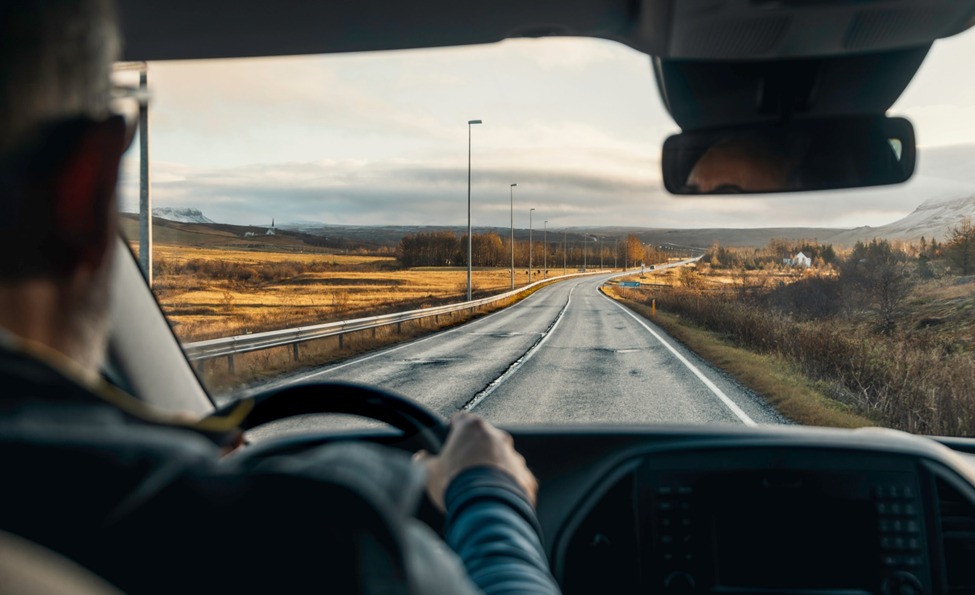Hungary is a land of contrasts — from the cosmopolitan vibe of Budapest to the serene shores of Lake Balaton, from medieval castles to sweeping plains. Trains and buses do an admirable job of connecting major towns and cities, but there’s a certain charm — and undeniable freedom — in exploring the country by car.
Why Driving in Hungary Makes Sense
Hungary may be a relatively small country in terms of size, but its diversity makes it a perfect destination. Public transport sticks to fixed schedules and routes, while a car allows you to take detours, stop for roadside lunches, or spend an unplanned night in a vineyard.
While cities such as Budapest, Eger, or Szeged are easily accessible, smaller villages, countryside spas, or national parks can be reached more comfortably by car. If you’re traveling with friends or family, sharing a vehicle can be cheaper than multiple train or bus tickets — and a lot more convenient.
The Basics of Driving in Hungary
Before you hit the road, here are a few important things to keep in mind.
Hungary accepts EU and most international driving licenses. If you decide to rent a car in Hungary, please note that some rental companies require drivers to be at least 18 years old and may also require a minimum of one year of driving experience. You’ll also need a credit card, but in Hungary, you can also use your debit card to rent.
Hungarians are generally law-abiding drivers, but be prepared for the occasional aggressive overtake or abrupt lane change. Knowing the basic rules helps: drive on the right side of the road, and don’t forget to use your seat belts, as they are mandatory for all passengers. Using a mobile phone while driving is prohibited unless you have a hands-free system, and most importantly, alcohol tolerance is zero — don’t even consider a glass of wine before getting behind the wheel.
Speed limits in urban areas are 50 km/h, on rural roads 90 km/h, and on the highways, 130 km/h. Speed cameras are common, so don’t be tempted to test those limits.
Fuel stations are plentiful, especially along motorways. Most are open 24/7 and offer snacks, restrooms, and even coffee bars. Major chains include MOL, OMV, and Shell.
It’s also important to know that highways in Hungary are not free. To use the motorways, you need a vignette, which is a type of road toll. It’s usually electronic and can be purchased online, at gas stations, or through rental agencies. Make sure your vehicle is registered before you hit the motorway.
Rent a Car in Hungary
If you want to explore the country in comfort, the best option is to rent a car, especially if you arrived by plane. Major international rental companies operate in all major cities and airports, but you’ll also find local options that are often more affordable.
You should be aware that most Hungarian cars are manual. If you require an automatic, book well in advance — availability can be limited. When renting, basic insurance is usually included; however, check the deductible and consider taking full coverage for added peace of mind. Opt for the “full to full” fuel policy to avoid extra charges, and bring your GPS or download offline maps: while signage is generally good, some rural roads can be confusing.
Driving Etiquette: How to Blend In
To drive in Hungary like a local, it’s not just about following the law — it’s also about understanding the unwritten rules. Blinkers Matter: use your turn signals — Hungarians do, and they expect it from others. On highways, use the left lane only for overtaking, and return to the right lane afterward. Flashing headlights often means a driver is warning you of police checks or speed traps ahead — a common courtesy on Hungarian roads.
Safety and Emergency
Hungary is generally safe for drivers, but it’s always good to be prepared. The emergency number is 112 for police, fire, or medical assistance. It’s best to save it on your phone. Carry a reflective vest, a first aid kit, a warning triangle, and a spare bulb set — all items required by law.
Freedom on Four Wheels
There’s something deeply satisfying about cruising through sunflower fields in the Great Plains or stumbling upon a village harvest festival you never planned to attend. Driving in Hungary can be a window into everyday life, off the tourist-beaten path.
So go ahead — rent a car in Hungary, roll down the windows, tune into a local radio station, and hit the road. After all, it’s not just about reaching your destination. It’s about everything you find along the way.
